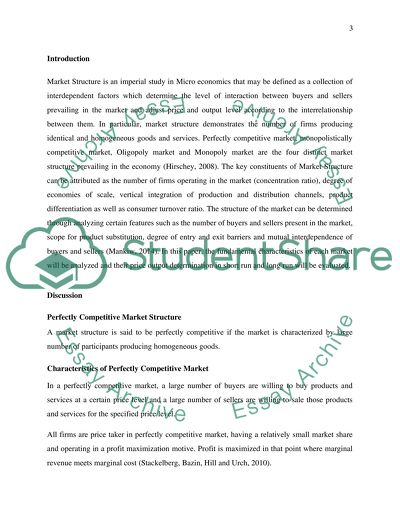Cite this document
(Market Structure in Micro Economics Research Paper, n.d.)
Market Structure in Micro Economics Research Paper. Retrieved from https://studentshare.org/marketing/1672978-market-structure
Market Structure in Micro Economics Research Paper. Retrieved from https://studentshare.org/marketing/1672978-market-structure
(Market Structure in Micro Economics Research Paper)
Market Structure in Micro Economics Research Paper. https://studentshare.org/marketing/1672978-market-structure.
Market Structure in Micro Economics Research Paper. https://studentshare.org/marketing/1672978-market-structure.
“Market Structure in Micro Economics Research Paper”, n.d. https://studentshare.org/marketing/1672978-market-structure.


